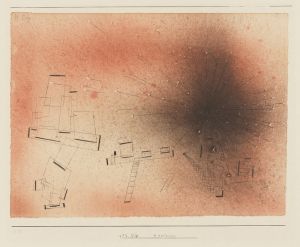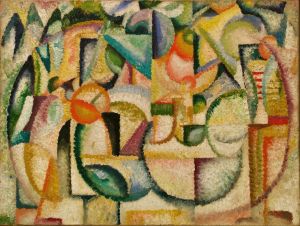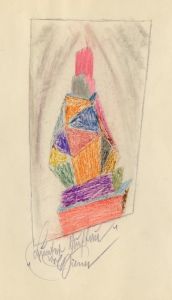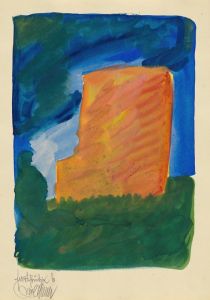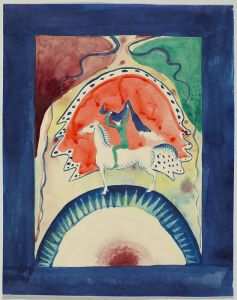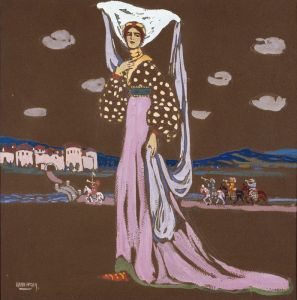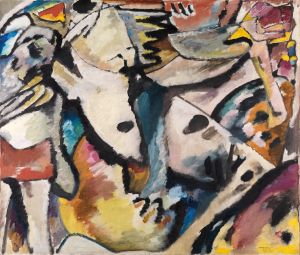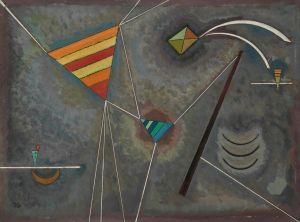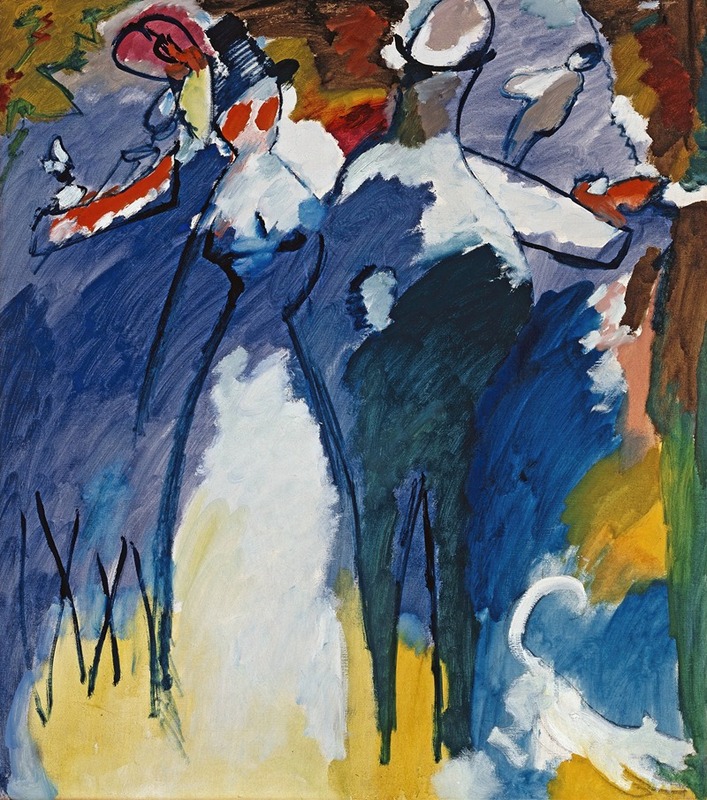
Impression VI
A hand-painted replica of Wassily Kandinsky’s masterpiece Impression VI, meticulously crafted by professional artists to capture the true essence of the original. Each piece is created with museum-quality canvas and rare mineral pigments, carefully painted by experienced artists with delicate brushstrokes and rich, layered colors to perfectly recreate the texture of the original artwork. Unlike machine-printed reproductions, this hand-painted version brings the painting to life, infused with the artist’s emotions and skill in every stroke. Whether for personal collection or home decoration, it instantly elevates the artistic atmosphere of any space.
Wassily Kandinsky, a pioneering figure in abstract art, created "Impression VI" as part of his exploration into the relationship between color, form, and emotion. Kandinsky was a Russian painter and art theorist, often credited with painting one of the first purely abstract works. His "Impression" series, which includes "Impression VI," is a significant part of his oeuvre, showcasing his transition from representational art to abstraction.
"Impression VI" was painted in 1911, a pivotal year for Kandinsky. This period marked his deepening involvement with the Blue Rider (Der Blaue Reiter) group, which he co-founded with Franz Marc. The group was instrumental in the development of abstract art in the early 20th century, emphasizing the spiritual and expressive potential of art. Kandinsky's work during this time was heavily influenced by his theoretical ideas about art, which he later elaborated in his seminal book "Concerning the Spiritual in Art," published in 1911.
The "Impression" series, including "Impression VI," was part of Kandinsky's effort to convey the emotional response elicited by nature and music, rather than a direct representation of the physical world. Kandinsky believed that art should express the inner life of the artist and evoke a spiritual resonance in the viewer. His use of the term "Impression" was intended to suggest a spontaneous, intuitive response to external stimuli, akin to the fleeting impressions captured by the Impressionists, but with a focus on inner experience rather than visual accuracy.
In "Impression VI," Kandinsky employs a vibrant palette and dynamic forms to create a composition that is both chaotic and harmonious. The painting is characterized by bold brushstrokes and a sense of movement, reflecting Kandinsky's interest in the synesthetic relationship between color and sound. He often drew parallels between painting and music, considering them both as means to convey emotion and transcendental experiences. This approach is evident in "Impression VI," where the interplay of colors and shapes suggests a visual symphony, inviting viewers to engage with the painting on an emotional and spiritual level.
Kandinsky's work, including "Impression VI," was influential in the development of abstract art, inspiring subsequent generations of artists to explore non-representational forms. His emphasis on the spiritual dimension of art and the expressive power of color and form continues to resonate in contemporary art discourse.
"Impression VI" is a testament to Kandinsky's innovative spirit and his commitment to exploring new artistic frontiers. It reflects his belief in the transformative power of art and its ability to communicate profound truths beyond the visible world. Through his pioneering work, Kandinsky laid the groundwork for the abstract art movement, leaving a lasting legacy that continues to inspire and challenge artists and art lovers alike.






